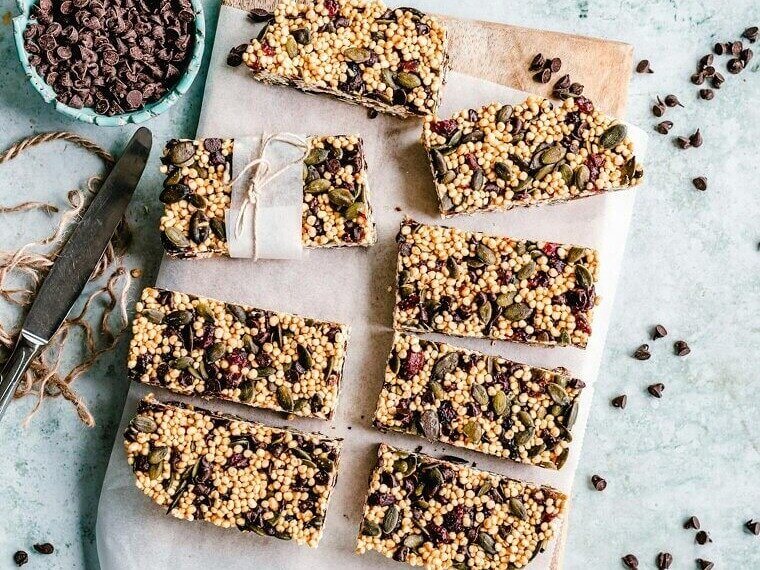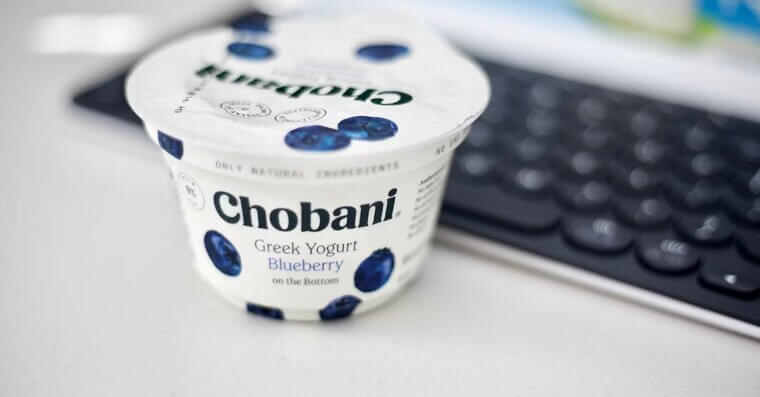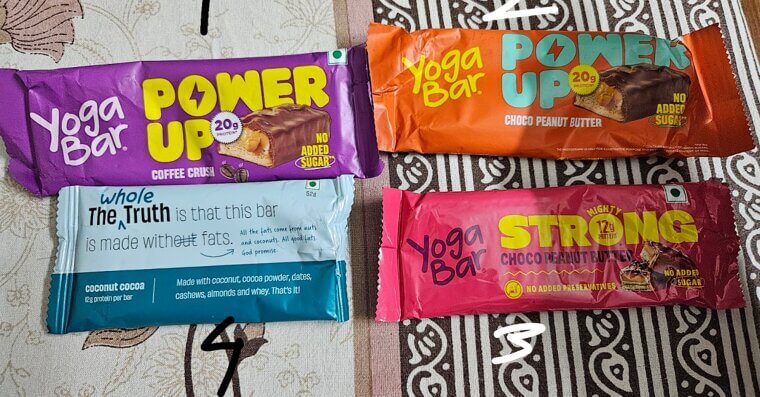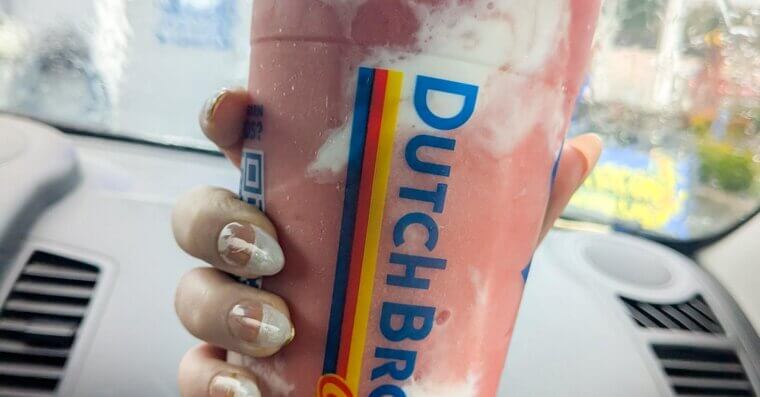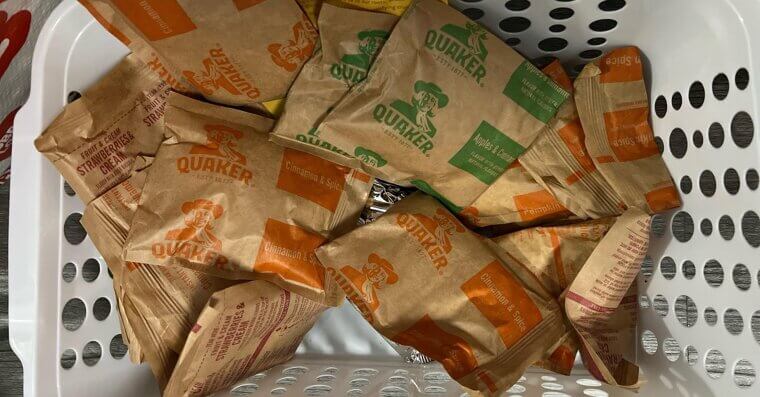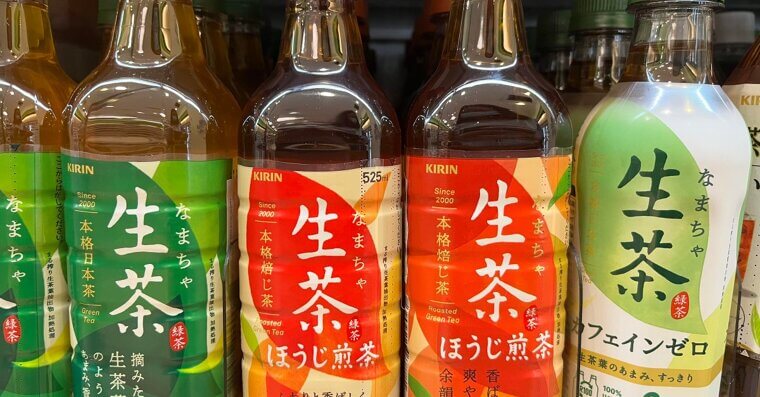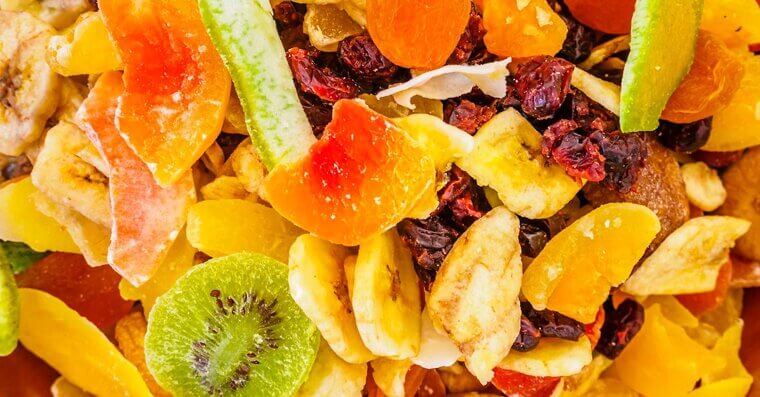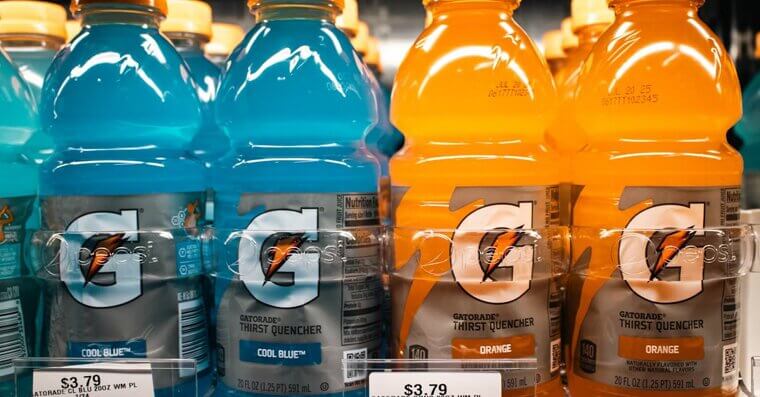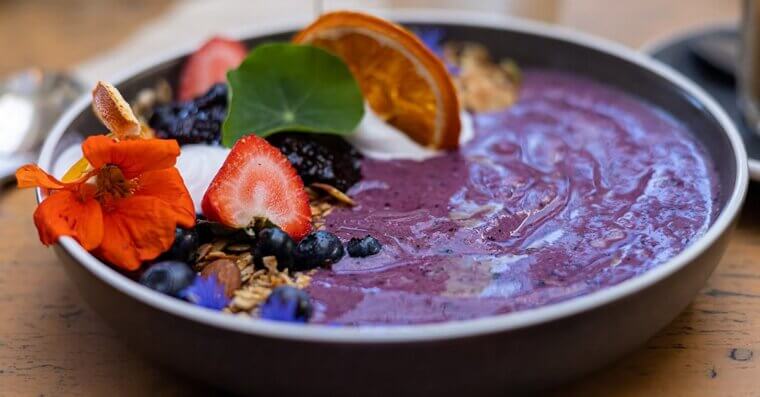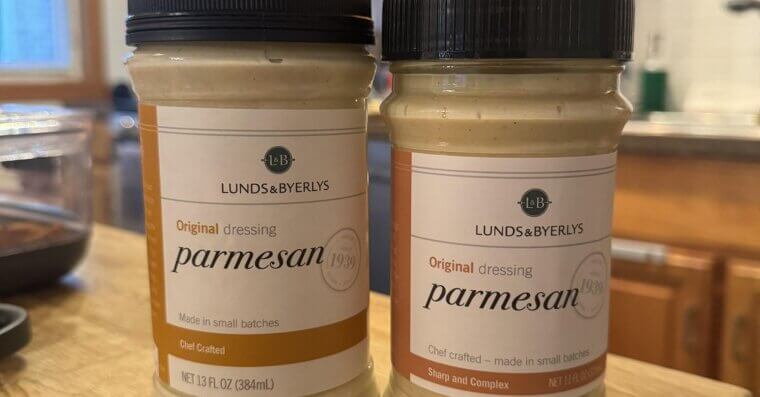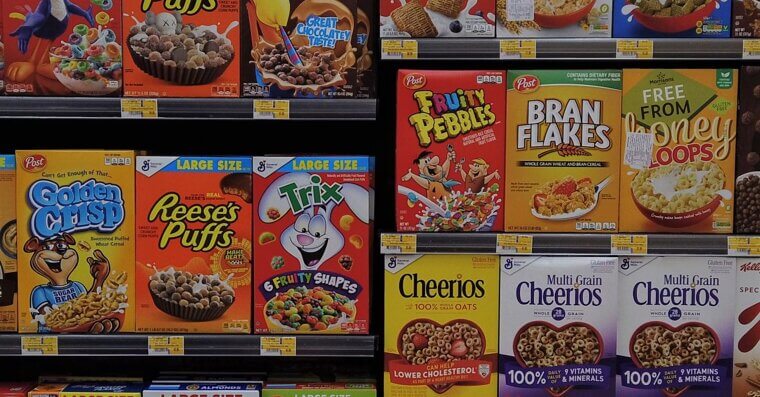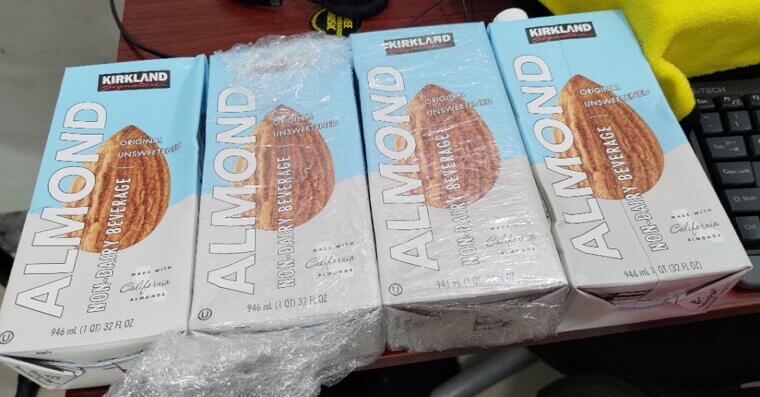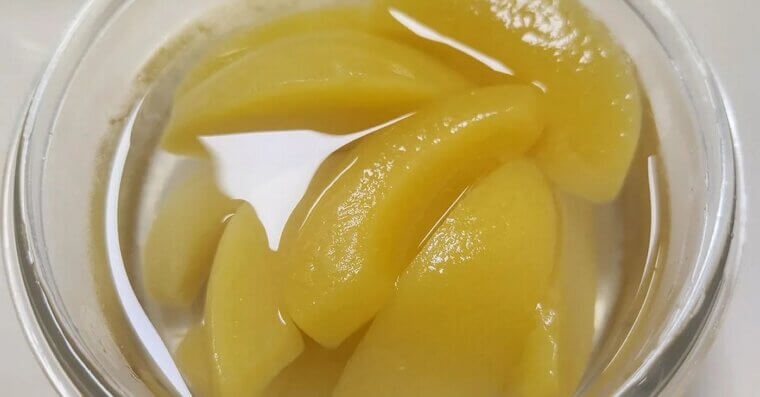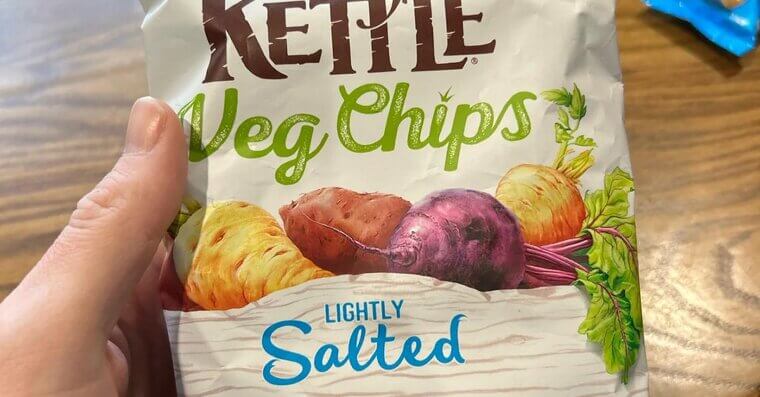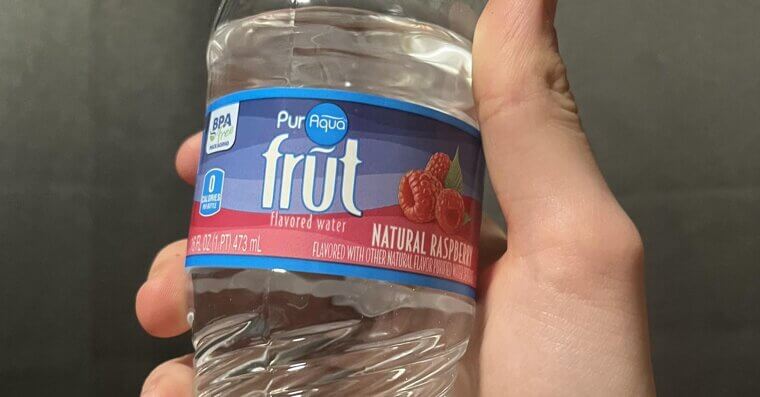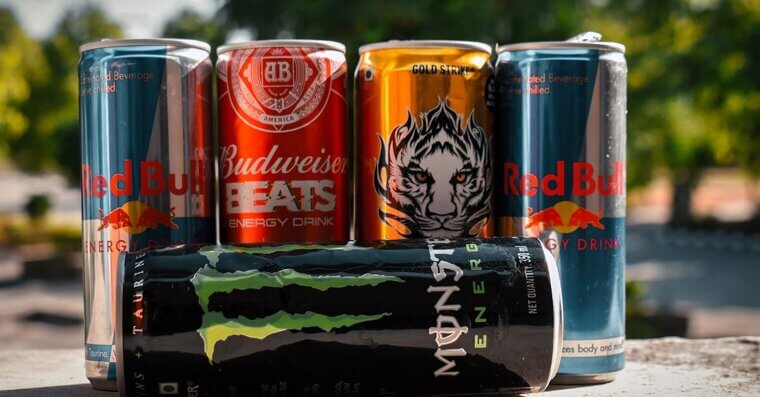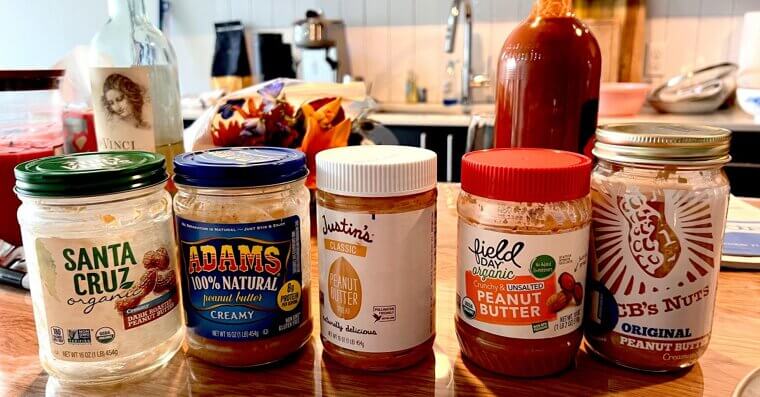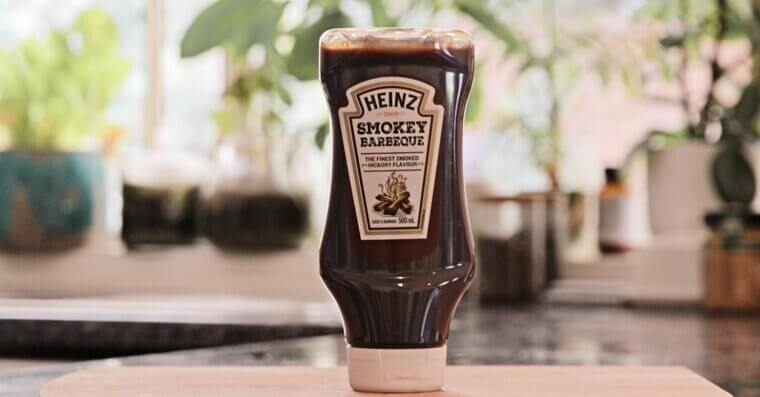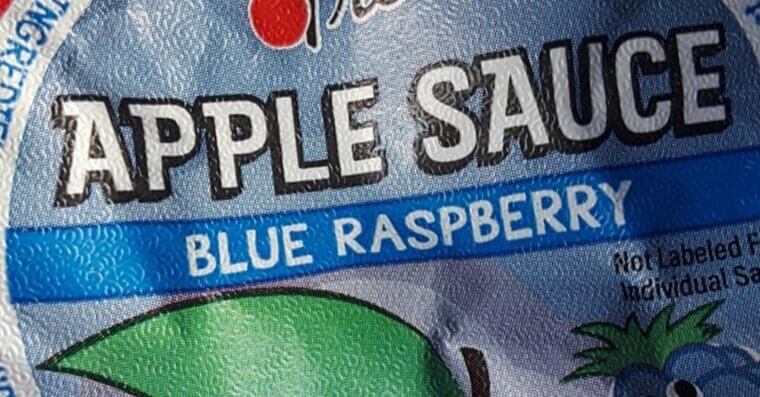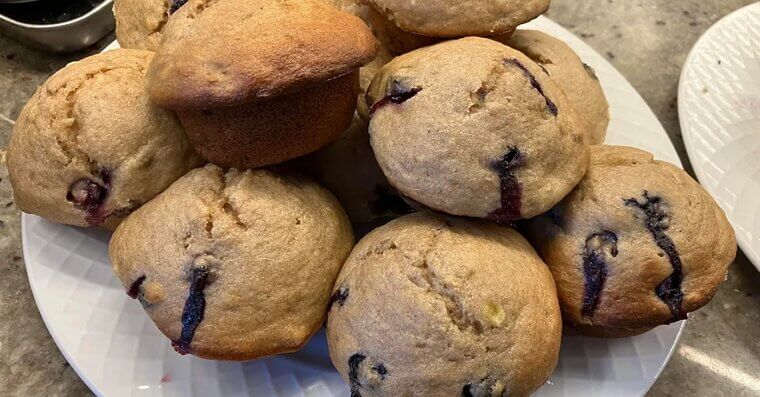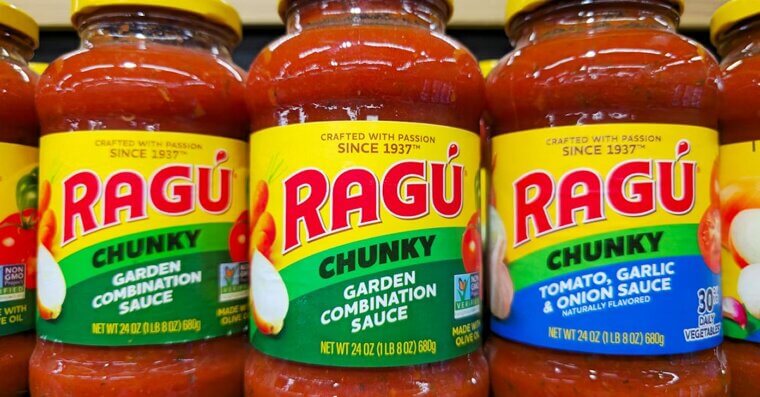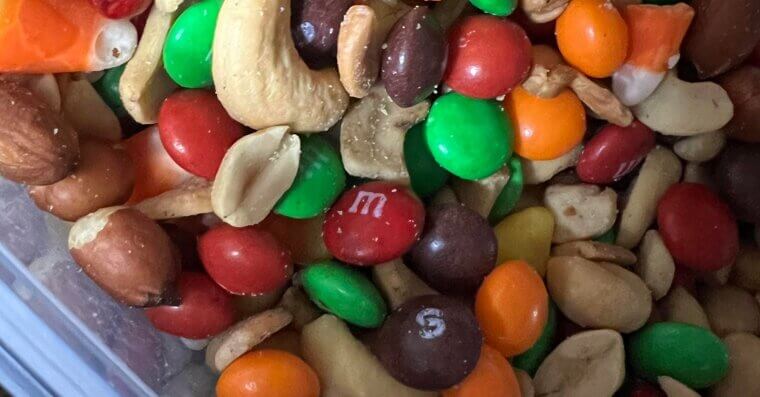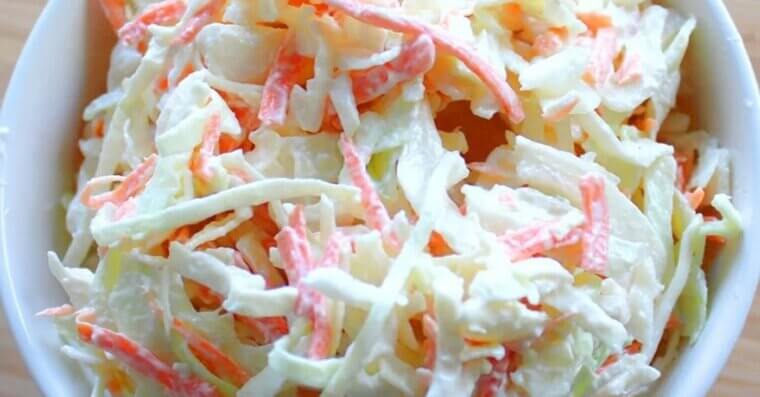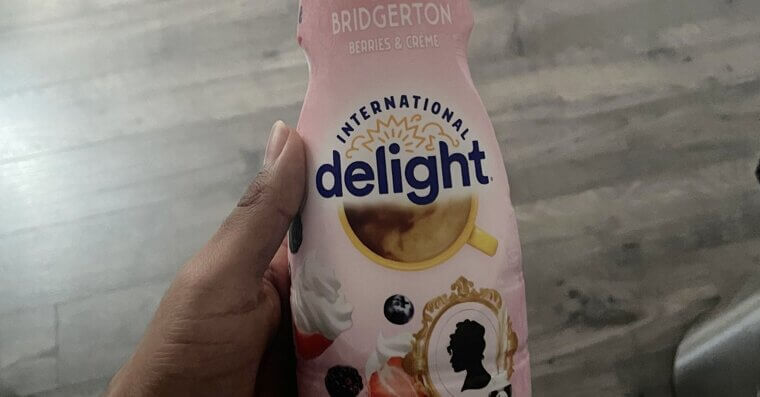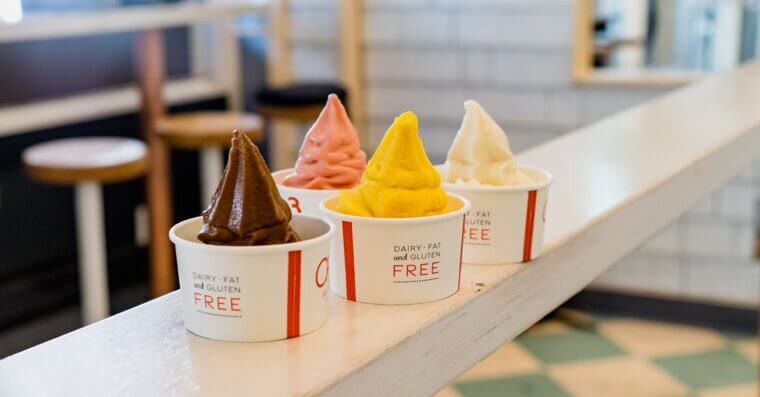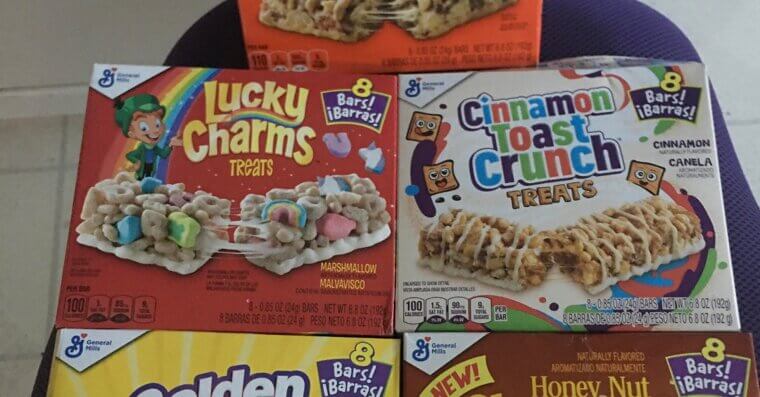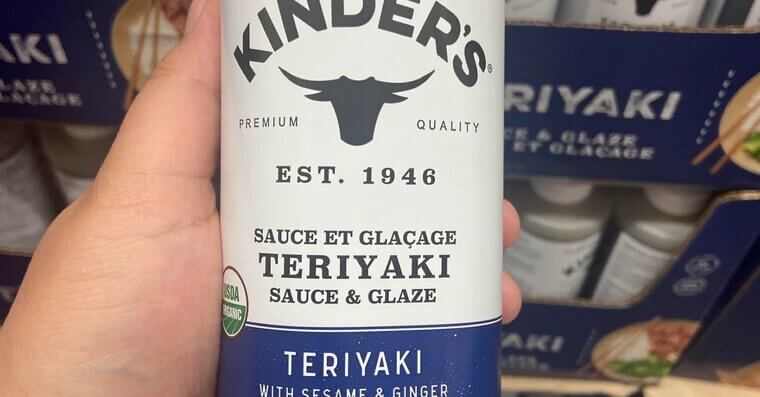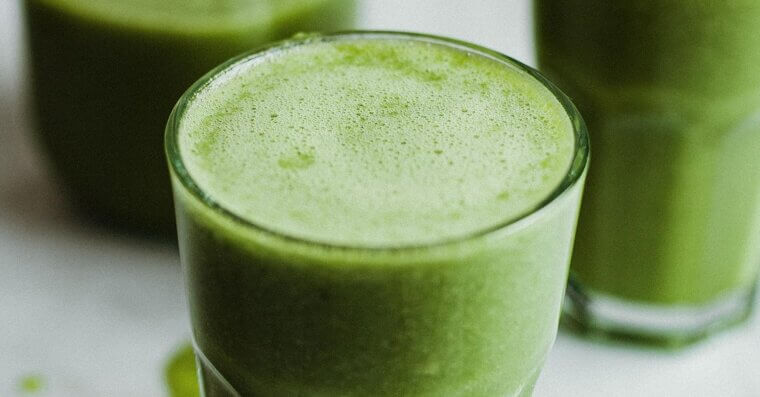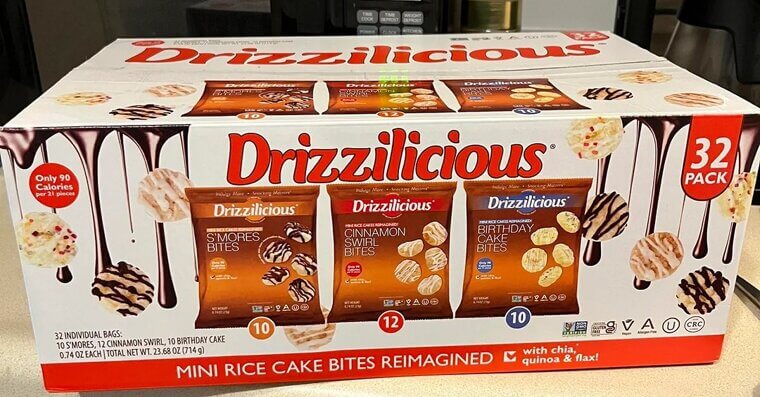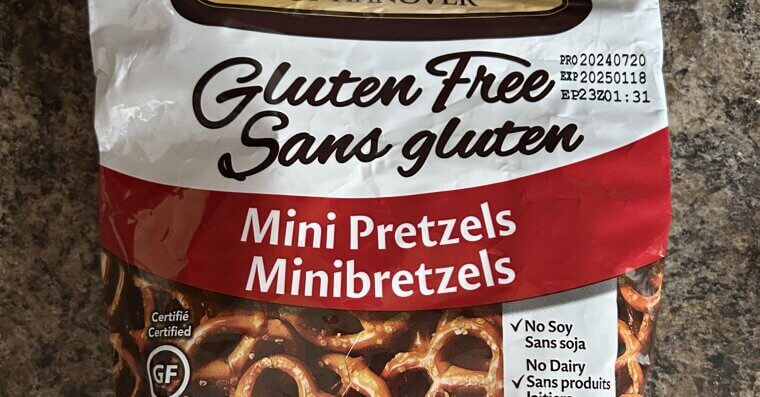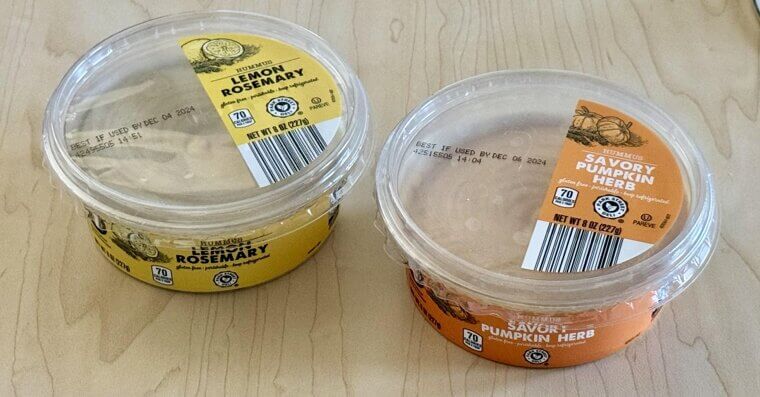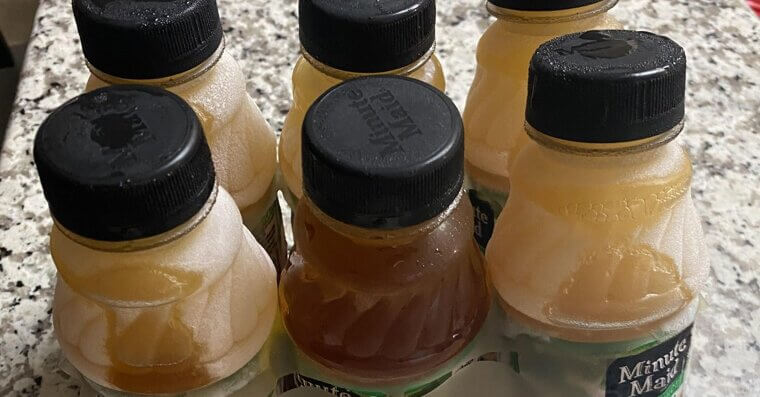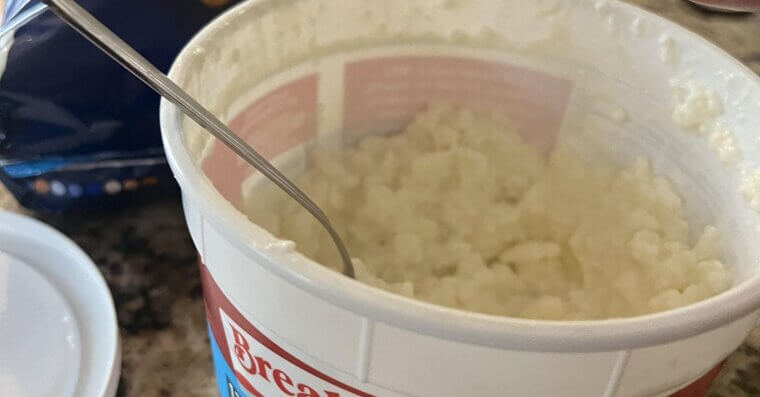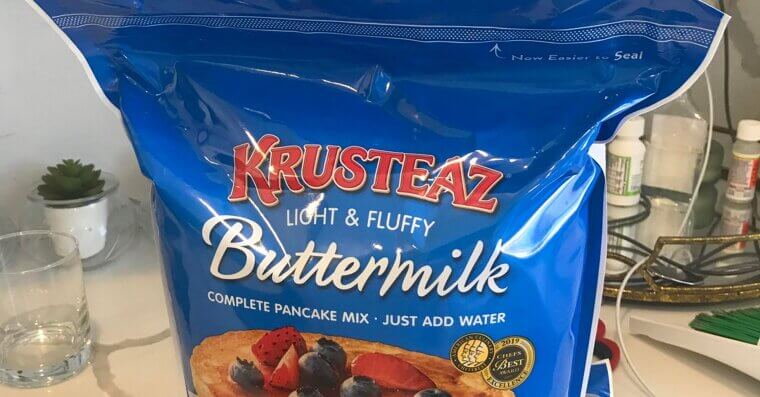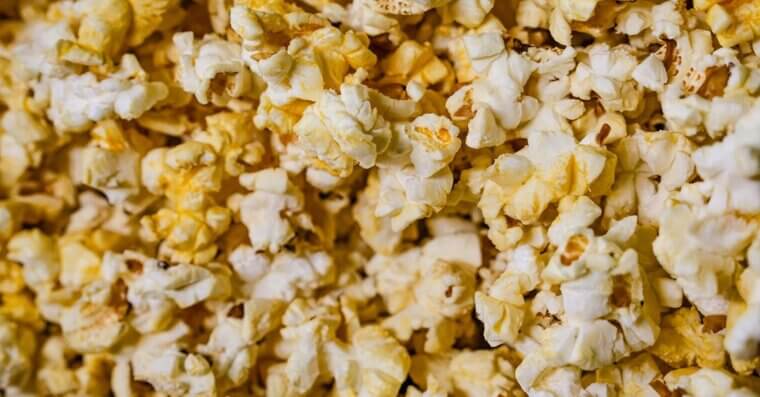Granola
Granola has a wholesome, earthy vibe thanks to good marketing, but it can be a sugar bomb in disguise. Many packaged granolas are coated with honey, syrups, or brown sugar to make them extra crunchy and sweet.
Flavored Yogurt
Flavored yogurt often looks like a healthy choice, but many brands sneak in a surprising amount of sugar. A single serving can have as much sugar as a small dessert sometimes. Even varieties labeled “low-fat” usually make up for lost flavor with sweeteners. If you love yogurt, try plain Greek yogurt and add your own fruit - it’s just as tasty and much better for you.
Protein Bars
Protein bars are marketed like a health food, but many are basically glorified candy bars. They often contain chocolate coatings, even, and some can have more sugar than a donut! If you want a true energy boost, pair nuts with fruit for a more balanced snack.
Smoothies From Chain Stores
A smoothie might sound like the healthiest thing on the menu, but pre-made or chain store versions are often loaded with sugary juice, sweetened yogurt, or syrups. A “green” smoothie can pack 40 grams of sugar or more. Blending your own at home with whole fruits, veggies, and no added sweeteners is a better idea.
Instant Oatmeal Packets
Oatmeal itself is a healthy breakfast, but those flavored instant packets are a different story. Most come packed with sugar to make them taste like maple syrup or whatnot. You’re better off buying plain oats and adding your own toppings - like cinnamon, sliced bananas, or berries.
Bottled Iced Tea
Iced tea sounds like a light, refreshing choice - especially if it’s labeled “green” or “organic.” But most bottled versions are loaded with sugar to mask bitterness. A single bottle can have as much sugar as a soda.
Dried Fruit
Fruit is healthy, right? But when it’s dried, it becomes a concentrated source of sugar. Some brands even coat the fruit in extra sweeteners to make it taste more like candy for some reason. If you enjoy dried fruit, stick to unsweetened varieties and keep portions small - it’s easy to overdo it without realizing.
Sports Drinks
Sports drinks are often marketed as essential for hydration and recovery, but unless you’re running a marathon, you probably don’t need the extra sugar. Many popular brands have 30 grams or more per bottle. For most people, plain water does the trick just fine… and is cheaper.
Acai Bowls
Acai bowls look beautiful and healthy, packed with fruit and toppings. But under all that Instagram-worthy presentation hides a serious sugar hit. The base is often made from sweetened acai puree, then topped with granola, honey, and fruit - all sugar-heavy. It can easily top 50 grams of sugar in one bowl.
Salad Dressings
Salads themselves are great - but those bottled dressings can undo the health factor fast. Many “light” or “fat-free” dressings rely on added sugars to make up for flavor. A few tablespoons can turn your salad into a sugar trap. Always read the label carefully to see what’s in the dressing!
Breakfast Cereals
Many breakfast cereals shout “whole grain” or “fortified with vitamins” on the box, but take a peek at the sugar content - it’s often sky-high. Even cereals marketed as healthy can pack in more sugar per serving than a cookie.
Sweetened Nut Milks
What about what goes in your cereal? Almond milk, coconut milk, and other nut milks can be great dairy alternatives - until you check the label. Choosing unsweetened nut milk and flavoring it yourself with cinnamon or a splash of vanilla keeps things healthier.
Canned Fruit in Syrup
Fruit itself is good for you, but when it’s packed in syrup, you’re basically just eating dessert. Canned peaches, pears, or pineapples in heavy syrup can double or triple the sugar content. Even “light syrup” versions aren’t worth it if you’re trying to eat healthier.
Veggie Chips
Veggie chips seem like a healthier alternative to regular chips, but they’re often not much better. Many are made from processed vegetable powders mixed with starches and sweeteners to boost flavor and crunch. And some brands even dust them with sugary seasonings.
Fruit-Flavored Water
Those brightly labeled “fruit-infused” or “vitamin-enhanced” waters may look innocent, but many are quietly loaded with added sugars or syrups. Some bottles have as much sugar as half a soda! It’s easy to sip away while exercising without realizing how much sugar you’re getting.
Energy Drinks
Energy drinks may promise a quick boost, but they’re often packed with sugar to make them taste better. A single can may contain 40 grams of sugar or more - basically the same as a soda. Add caffeine and other stimulants, and you’ve got a blood sugar rollercoaster that might just leave you feeling bad.
Nut Butters
Peanut butter and almond butter can be healthy, but many store-bought versions have added sugar to make them extra smooth and sweet. That creamy texture often comes with unnecessary ingredients – always check the label to see what they are.
Barbecue Sauce
Barbecue sauce might seem harmless when you’re just brushing it on ribs or chicken, but it’s one of the sneakiest sugar sources in the pantry. Many brands rely on high-fructose corn syrup to get that sweet tangy flavor. If you must use it, try spreading on a little less.
Flavored Applesauce
Applesauce has a wholesome reputation, but flavored or sweetened varieties are often loaded with extra sugar. Even “natural” versions can have more sugar than you’d expect. Since apples are naturally sweet, they really don’t need much added to taste good.
Low-Fat Muffins
“Low-fat” muffins sound like a better choice than the regular bakery kind, but here’s the catch: when manufacturers take out fat, they usually add sugar to keep the flavor. Many of these “healthier” muffins can pack 30 grams of sugar or more in a single serving.
Tomato Sauce
Tomato sauce seems innocent - it’s just tomatoes, right? Not always. Many store-bought pasta sauces contain surprising amounts of added sugar to balance out the acidity of the tomatoes. If you want to keep your pasta night lighter, look for no-sugar-added sauce.
Trail Mix
Trail mix has that “healthy hiking snack” reputation, but many versions are loaded with sugary dried fruit, candy pieces, and sweetened nuts. What starts as a nutritious snack can turn into a dessert without you realizing it. A better option is to make your own mix with raw nuts, seeds, and a modest sprinkle of unsweetened fruit.
Coleslaw
Coleslaw may be made from cabbage and carrots, but most creamy store-bought or fast food versions come swimming in a sugary dressing. It’s one of those side dishes that seems healthy but unfortunately isn’t. You could try making your own?
Flavored Coffee Creamers
That sweet splash in your morning coffee might be adding way more sugar than you think. Flavored creamers - especially the popular vanilla or caramel ones - are often packed with added sugars and syrups.
Frozen Yogurt
Frozen yogurt often gets marketed as the “healthier” alternative to ice cream, but most varieties are anything but. The yogurt base itself usually has a lot of added sugar, and then come the toppings - candy, chocolate, and sugary syrups. One cup can easily rival or exceed regular ice cream.
Cereal Bars
Cereal bars may seem like a quick and wholesome breakfast, but many are loaded with sugar and syrups to hold everything together. Even “whole grain” or “energy” versions aren’t always better. If you like grab-and-go breakfasts, try a piece of fruit and some nuts instead.
Teriyaki Sauce
Teriyaki sauce gives meals that sweet-and-savory kick - but it’s basically sugar with soy sauce. Just a couple of tablespoons can add 10 grams or more of sugar to your stir-fry or grilled chicken. Since it’s easy to pour on more than you realize, it adds up fast.
Bottled Green Juices
Green juice sounds like the ultimate health drink -but many bottled versions rely on apple juice or other sweet fruits to make them taste good. The leafy greens are there, but often in small amounts. If you enjoy green juice, making it fresh at home with more veggies than fruit is a smarter way to go.
Flavored Rice Cakes
Rice cakes on their own aren’t exactly exciting, so flavored versions - like caramel or apple cinnamon - are popular. But here’s the catch: those tasty coatings often come with a hefty dose of added sugar. Sorry! Eating healthy is hard.
Gluten-Free Snacks
“Gluten-free” doesn’t automatically mean “healthy.” In fact, many gluten-free cookies, crackers, and snack bars rely on sugar to make up for flavor and texture. Some can be even higher in sugar than their regular counterparts. If you’re avoiding gluten, check labels carefully.
Flavored Hummus
Plain hummus is healthy, but flavored versions - like roasted red pepper or sweet chili - often include added sugar to boost flavor. A couple of tablespoons can add unexpected grams of sugar to what you thought was a healthy snack.
Apple Juice
Apple juice is beloved because it comes from fruit, but it’s basically liquid sugar. One cup can have over 20 grams of sugar, and without the fiber from the whole apple, your body absorbs it quickly, spiking your blood sugar. If you love apple juice too much to let it go, dilute it with water.
Flavored Cottage Cheese
Cottage cheese is a high-protein snack, but flavored versions like pineapple or peach often have added sugar. Not good if you’re looking to avoid the stuff! If you like a little sweetness, add fresh fruit or cinnamon yourself.
Pre-Made Pancake or Waffle Mixes
Pancake and waffle mixes, even the “whole grain” or “protein” ones, often contain sugar to improve flavor. Pour on syrup and toppings, and the sugar totals skyrocket. You should try making your own pancakes and waffles at home – it takes longer but it’s worth it.
Flavored Popcorn
Popcorn can be a light, healthy snack - until it’s flavored. Caramel, chocolate, or cheese varieties are often loaded with sugar. One serving can quickly exceed 10 grams. Alas, you might need something else to watch with your movie.

